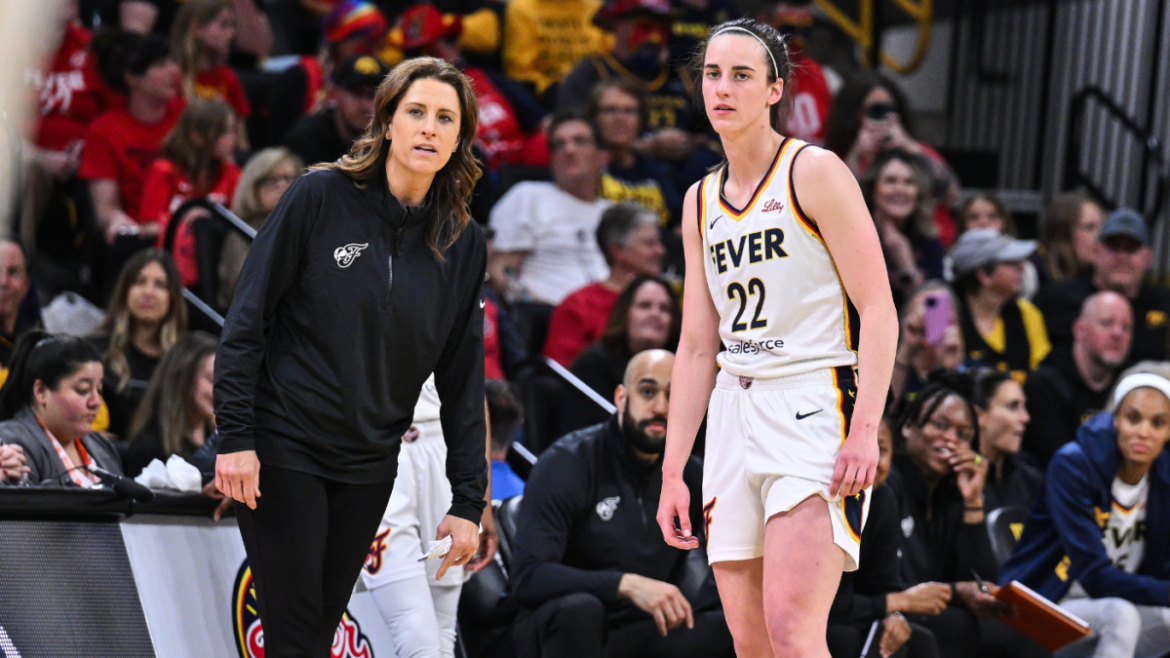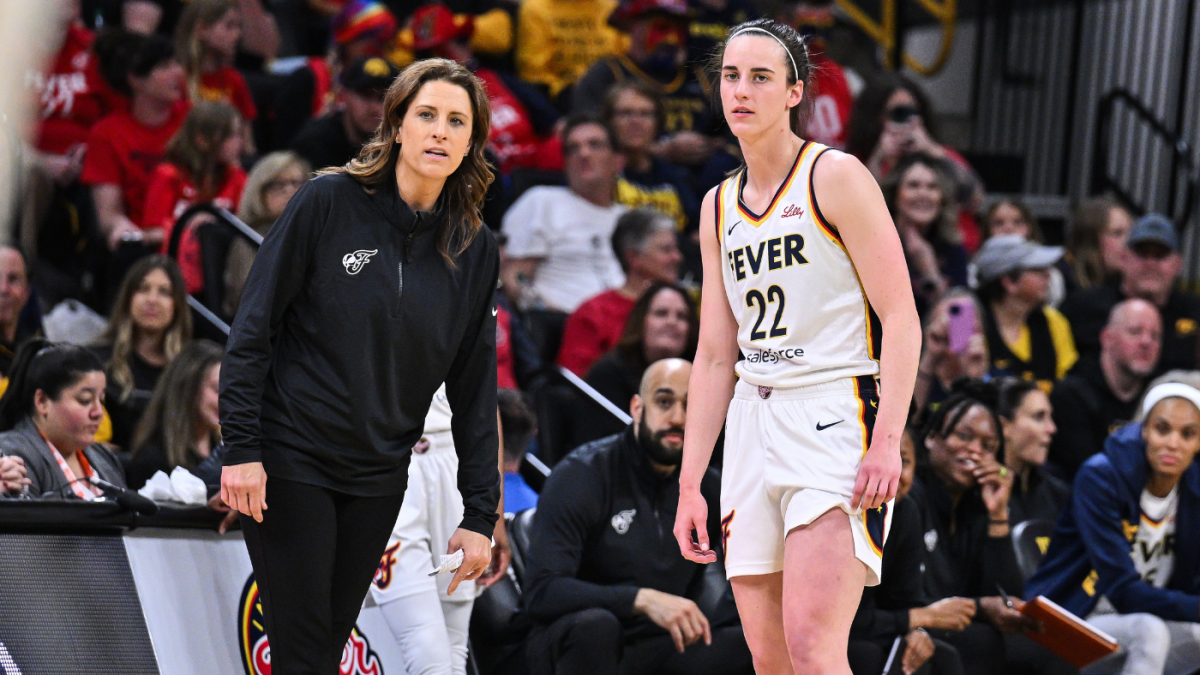Caitlin Clark’s Injury: Challenges, Opportunities, and the Road Ahead for Indiana Fever
Introduction: The Impact of Caitlin Clark’s Injury on the Fever
Caitlin Clark, the rising superstar and dynamic point guard for the Indiana Fever, recently suffered a left quadriceps strain that is set to sideline her for at least two weeks. This development comes as a significant blow to the Fever, a team increasingly centered around Clark’s extraordinary talents. Beyond the immediate frustration of losing a key player, the injury presents a complex scenario brimming with both challenges and growth opportunities for Clark and her team. This report delves into the injury’s implications, the Fever’s strategic response, and how Clark’s outlook exemplifies resilience and potential for long-term development.
—
The Injury and Immediate Consequences
Clark’s left quad strain, officially announced by the Indiana Fever, surfaced after a game where the team noticed something was “going on with her leg.” The cautious approach adopted by head coach Stephanie White reflects an understanding of the risks associated with rushing back a player of Clark’s stature. The injury isn’t just about missing games; it’s about managing a pivotal athlete’s career trajectory and the team’s competitive rhythm.
With Clark expected to miss a minimum of two weeks, the immediate impact on the Fever’s performance is significant. The team stands with a 2–2 record currently and battles for position in the Eastern Conference. The timing is delicate as the Fever’s schedule includes matchups against struggling teams, providing a realistic chance for the squad to maintain competitiveness without their star. However, longer absences could deepen difficulties, especially facing undefeated teams or playoff contenders, which raises concerns about maintaining momentum and morale.
—
Coaching Perspective: Growth Through Adversity
Stephanie White’s commentary on Clark’s absence is particularly insightful. She frames this setback not as a mere loss, but as an “opportunity for growth” — both for Clark individually and for the team collectively. For Clark, time on the sidelines could foster a unique perspective on the game, enabling her to engage in a more analytical, almost coaching mindset. Observing the flow of play from outside can deepen her understanding of tactics, teammate dynamics, and opponent strategies, potentially enhancing her leadership and decision-making when she returns.
For the Fever, the enforced change means stepping up without their franchise player. White highlights that this challenge forces the entire roster to elevate their play, grow confidence, and build teamwork. Players who normally operate in Clark’s shadow may find the opportunity to showcase their abilities, improve chemistry, and learn to carry greater responsibility. This growth phase is integral if the Fever aim to build a robust team that does not depend solely on Clark’s brilliance but rather complements it with a collective effort.
—
The Broader Context: Clark’s Role in the WNBA and Offseason Reset
Clark’s influence extends beyond the Fever to the WNBA at large. Regarded as a transformative talent, she is already reshaping league narratives and economic impact, with projections suggesting she could help the WNBA generate nearly $1 billion in 2025. Last season’s Rookie of the Year makes an undeniable sophomore leap, but both Clark and Fever’s leadership acknowledge that basketball remains a team sport where individual brilliance alone cannot secure championships.
The offseason provided Clark a chance to reset, recharge, and return stronger, underscoring the importance of balancing exertion and recovery. The current injury, while a setback, fits into a broader plan emphasizing long-term health and sustainable career development rather than short-term gains.
—
Reactions and Fan Perspectives
The public response to Clark’s injury has been mixed with concern but also optimism. Fans are eager for her return but recognize the necessity of patience. Critics of WNBA officiating and coverage have occasionally spotlighted Clark’s experiences, including controversies over fouls and defensive attention she faces. This injury moment offers space for the league and its followers to rally around a central figure while respecting the physical demands elite athletes endure.
Furthermore, coaching strategies during Clark’s absence, such as expanding roles for players like veteran Sydney Colson or others stepping into point guard duties, are under close watch. Observers note that how the Fever navigate this period could influence not just immediate standings but also the perception of Clark’s MVP candidacy and the team’s potential to contend down the stretch.
—
The Long-Term View: Building a Championship Contender
Stephanie White’s dual mandate — developing a young roster and molding Clark into a complete, championship-caliber player — remains at the heart of the Fever’s approach. The injury-induced hiatus, while unintended, aligns with a philosophy that prioritizes durability, adaptability, and mental growth. Historically, top athletes have leveraged injury recoveries to refine their games and leadership qualities, preparing them for bigger roles.
Clark’s time off-court may enhance her perspective, pushing her towards a more holistic understanding of basketball — how to influence games beyond scoring, orchestrate team dynamics, and lead with both skill and wisdom. Simultaneously, supporting players gaining court experience during her absence will hopefully mature and strengthen the Fever’s depth.
—
Conclusion: Turning Setbacks into Springboards
Caitlin Clark’s quad strain and resultant two-week absence underscore the unpredictable nature of sports careers, especially at the elite level. What distinguishes promising teams and players is their capacity to transform challenges into stepping stones. The Indiana Fever’s measured and optimistic stance, led by Stephanie White’s guidance, exemplifies this mindset — focusing on growth, learning, and long-term success rather than rushing immediate returns.
Clark’s journey through injury and recovery is positioned as a pivotal chapter not only for her personal development but also in the evolution of the Fever as a team capable of sustained competitiveness. If managed wisely, this period off the court could deepen Clark’s impact, broaden the team’s resilience, and ultimately propel both to greater heights once she returns to the floor energized and enriched by experience.
—
This unfolding episode surrounding Caitlin Clark is a reminder that in professional sports, resilience, strategic patience, and collective adaptation are as valuable as raw talent. The Indiana Fever and their star face a temporary hurdle, but one ripe with potential for lasting growth and success.





